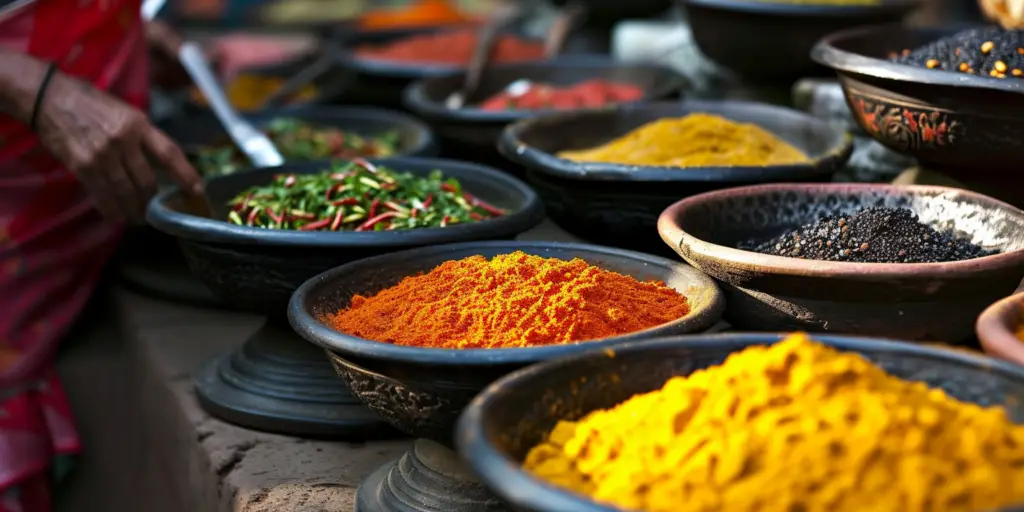Food is more than just sustenance; it is a vibrant expression of culture, history, and tradition. Across the globe, each region boasts its unique culinary heritage, telling stories of its people, their land, and their way of life. This exploration of the world’s diverse food cultures not only tantalizes our taste buds but also offers a deeper understanding of the communities that create these culinary delights.
The Essence of Culinary Heritage
Culinary heritage is a mosaic of flavors and techniques passed down through generations. It reflects the geography, climate, and history of a region. Ingredients commonly used in a region’s cuisine often depend on what’s locally available, thus making each culinary tradition distinct. For instance, Mediterranean cuisine is known for its use of olive oil, fresh herbs, and seafood, representing the region’s agricultural bounty and coastal geography.
Traditional Dishes as Cultural Ambassadors
Traditional dishes are more than mere recipes; they are stories told on plates. Take, for instance, the famous Paella of Spain. Originally a farmer’s meal cooked over an open fire in the fields of Valencia, Paella has evolved to become a national symbol, reflecting Spain’s rich history and regional diversity.
Similarly, in Japan, sushi is not just a dish but an art form. It embodies the Japanese aesthetic and cultural emphasis on simplicity, balance, and the use of fresh ingredients. Each piece of sushi is a testament to the skills and dedication of the sushi chef, reflecting centuries of culinary evolution.
The Role of Restaurants in Preserving Culinary Traditions
Restaurants play a crucial role in preserving and promoting culinary heritage. They serve as gateways to a region’s culture, offering both locals and tourists a taste of traditional flavors and cooking techniques. For example, a visit to a corona del mar restaurant can offer an immersive experience into the culinary delights of coastal California, showcasing how local ingredients and cultural influences blend to create unique dishes.
Such establishments often go beyond serving food; they encapsulate the essence of a region’s culinary identity, often becoming landmarks in their own right. They are places where memories are made, where special occasions are celebrated, and where the simple act of eating becomes a cultural experience.
Iconic Dishes and Their Stories
Every region has its iconic dishes, each with its own story. In Italy, the humble pizza, originating from Naples, tells the story of a dish that evolved from peasant food to a global phenomenon. The Margherita pizza, with its colors mirroring the Italian flag, is a patriotic symbol as much as a culinary one.
In Mexico, the traditional mole sauce represents a fusion of indigenous and Spanish influences. The complexity of its ingredients and preparation methods speaks volumes about the country’s rich history and cultural diversity.
The Future of Culinary Heritage
As the world becomes increasingly globalized, there is a growing interest in preserving and celebrating regional culinary traditions. Food festivals, culinary tours, and cooking classes focusing on traditional dishes are becoming more popular, helping to keep these culinary practices alive.
Moreover, chefs around the world are increasingly looking to their roots for inspiration, creating modern interpretations of traditional dishes. This not only honors their culinary heritage but also introduces these flavors to a new generation, ensuring that these traditions continue to thrive.
Conclusion
The culinary heritage of different regions is a vibrant tapestry that reflects the history, culture, and soul of communities around the world. From the paella of Spain to the sushi of Japan, each dish has a story to tell, a history to share, and a culture to express. As we explore these flavors, we don’t just satisfy our hunger; we feed our curiosity and connect with the cultures and people behind these dishes.

